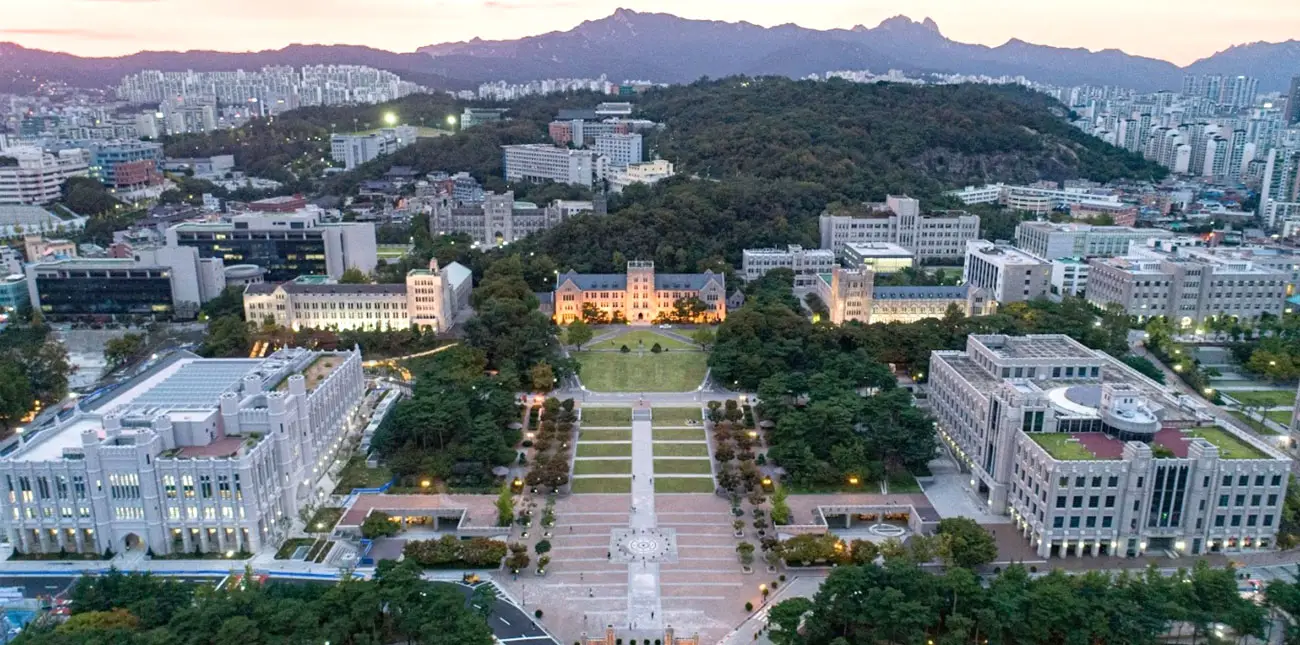Korean Regions

Introduction to Korean Regions
South Korea's administrative structure is organized into several types of divisions: one Special City, six Metropolitan Cities, one Special Self-Governing City, six Provinces, and three Special Self-Governing Provinces. The country's governance system operates on a three-tier hierarchy: at the top are Provinces, the Special City, and Metropolitan Cities; the second tier includes Cities, Counties, and Districts; and the third tier is composed of Towns, Townships, and Neighborhoods.
For cities with a population over 500,000—excluding Seoul and the Metropolitan Cities—it is possible to establish subdivisions below the city level, known as administrative districts. In terms of status, Metropolitan Cities, the Special City, Special Self-Governing City, and Special Self-Governing Provinces are treated as equivalent to Provinces.
Special City
Seoul Special City
Metropolitan Cities
Busan, Incheon, Daegu, Daejeon, Gwangju, Ulsan
Special Self-Governing City
Sejong Special Self-Governing City
Provinces
Gyeonggi-do, Chungcheongbuk-do, Chungcheongnam-do, Jeollanam-do, Gyeongsangbuk-do, Gyeongsangnam-do
Special Self-Governing Provinces
Gangwon Special Self-Governing Province, Jeonbuk Special Self-Governing Province, Jeju Special Self-Governing Province
Global Metropolis: Seoul, the Capital of Korea
Click on the municipality name below to visit its official website
Seoul Special City

